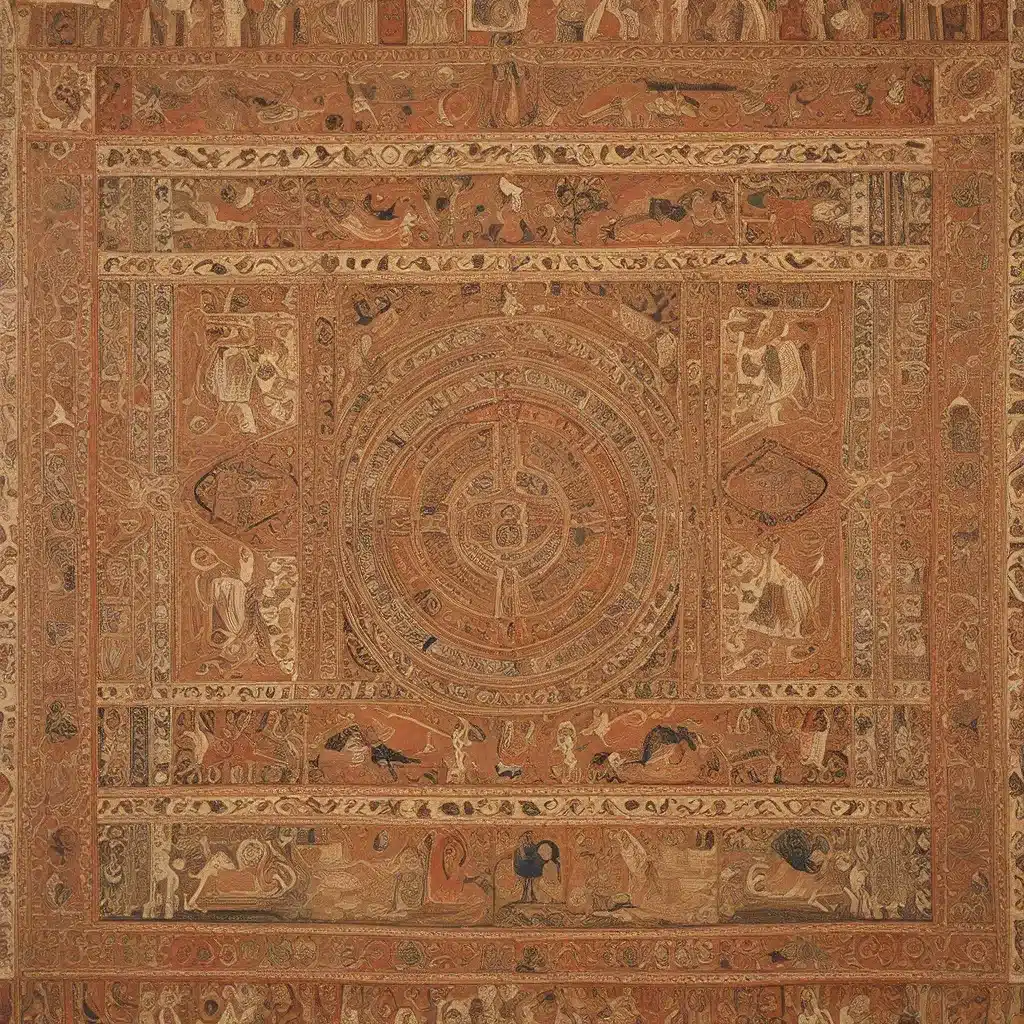
In the vast expanse of human history, few disciplines captivate the imagination as profoundly as the study of ancient civilizations. Across the globe, the archaeological record has unveiled a tapestry of cultures, each with its own unique narrative woven into the fabric of our collective past. From the majestic pyramids of Egypt to the enigmatic Moai statues of Easter Island, these vestiges of antiquity serve as gateways to understanding the intricate interconnections that have shaped the trajectory of human civilization.
As we delve into the histories of these ancient worlds, we uncover a rich and complex narrative that transcends the boundaries of time and space. Each civilization, like a single thread in a grand tapestry, is inextricably linked to its neighbors, sharing a symbiotic relationship that has been meticulously uncovered through the painstaking work of archaeologists and historians.
The ancient Egyptians, renowned for their architectural and artistic prowess, did not exist in isolation. Their cultural and technological advancements were influenced by and intertwined with the civilizations that flourished along the Nile River and the broader Mediterranean region. The Phoenicians, celebrated for their seafaring exploits and their invention of the alphabet, forged trade networks that connected the ancient world, disseminating ideas, technologies, and cultural traditions across vast distances.
Similarly, the Indus Valley Civilization, one of the earliest urban centers in South Asia, exhibited remarkable urban planning and sanitation systems, demonstrating a level of sophistication that was contemporaneous with the rise of civilizations in Mesopotamia and Egypt. These interconnections between ancient cultures not only highlight the globalized nature of the ancient world but also serve as a testament to the resilience and adaptability of human societies.
Unraveling the Threads of Interconnectivity
The archaeological and historical evidence surrounding these ancient civilizations reveals a tapestry of cultural and technological exchange that defies traditional linear narratives of history. Instead, we are confronted with a complex and multifaceted understanding of the past, where innovations and ideas flowed across vast geographical expanses, shaping the trajectories of diverse societies.
Take, for instance, the Silk Road, a vast network of trade routes that connected the East and the West. This economic corridor not only facilitated the exchange of goods but also cultural elements, from art and architecture to religious and philosophical concepts. The intermingling of these diverse traditions gave rise to new hybrid forms, creating a vibrant cultural tapestry that continues to captivate scholars and enthusiasts alike.
Unraveling the Mysteries of Ancient Cultures
As we delve deeper into the histories of these ancient civilizations, we are often faced with enigmas and unsolved mysteries that challenge our understanding of the past. The Nazca Lines in Peru, for example, have puzzled archaeologists and anthropologists for decades, with ongoing debates surrounding their purpose and significance within the broader context of the Andean region.
Similarly, the Moai statues of Easter Island, with their enigmatic gazes and imposing presence, have long been the subject of speculation and controversy. The isolation of this remote Pacific island has only heightened the mystery surrounding the cultural practices and societal structures that gave rise to these remarkable achievements.
Emerging Theories and Discoveries
As our understanding of the past continues to evolve, new theories and discoveries are constantly emerging, challenging and redefining our perceptions of ancient civilizations. The recent unearthing of the Göbekli Tepe site in Turkey, for instance, has revolutionized our understanding of the Neolithic period, suggesting the existence of a sophisticated religious and social organization long before the advent of agriculture and urbanization.
Similarly, the deciphering of ancient scripts, such as the Rosetta Stone and the Linear B tablets, has unlocked a wealth of information about the political, economic, and cultural structures of long-vanished empires, shedding new light on the complexities of human societies in the distant past.
Embracing the Interconnectedness of Antiquity
As we navigate the rich and diverse tapestry of ancient civilizations, it becomes increasingly clear that the histories of these cultures are inextricably linked, each thread intertwining with the others to create a vibrant and ever-evolving narrative of human achievement and resilience.
By embracing this interconnectedness, we can deepen our understanding of the past, appreciate the diversity of human experiences, and gain valuable insights that can inform our present and shape our future. As we continue to unravel the mysteries of antiquity, we are reminded of the enduring power of human ingenuity, curiosity, and the endless potential of our shared heritage.
The Lost Kingdoms invites you to embark on this captivating journey through the annals of history, where the threads of civilizations intertwine to reveal the timeless tapestry of our collective past.


